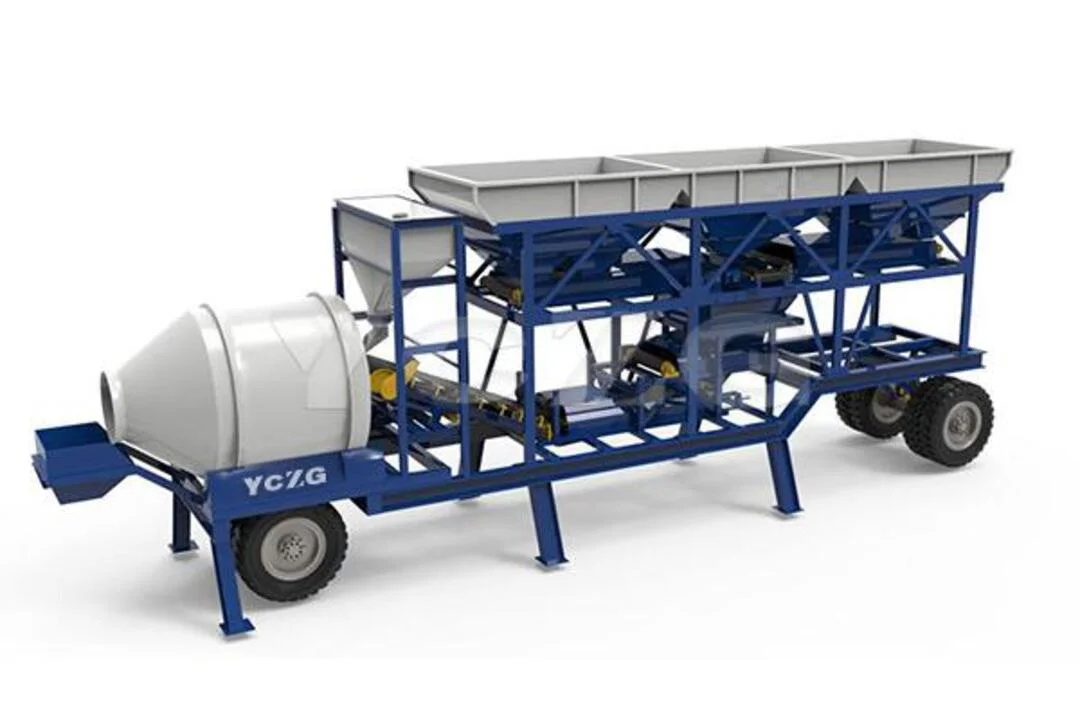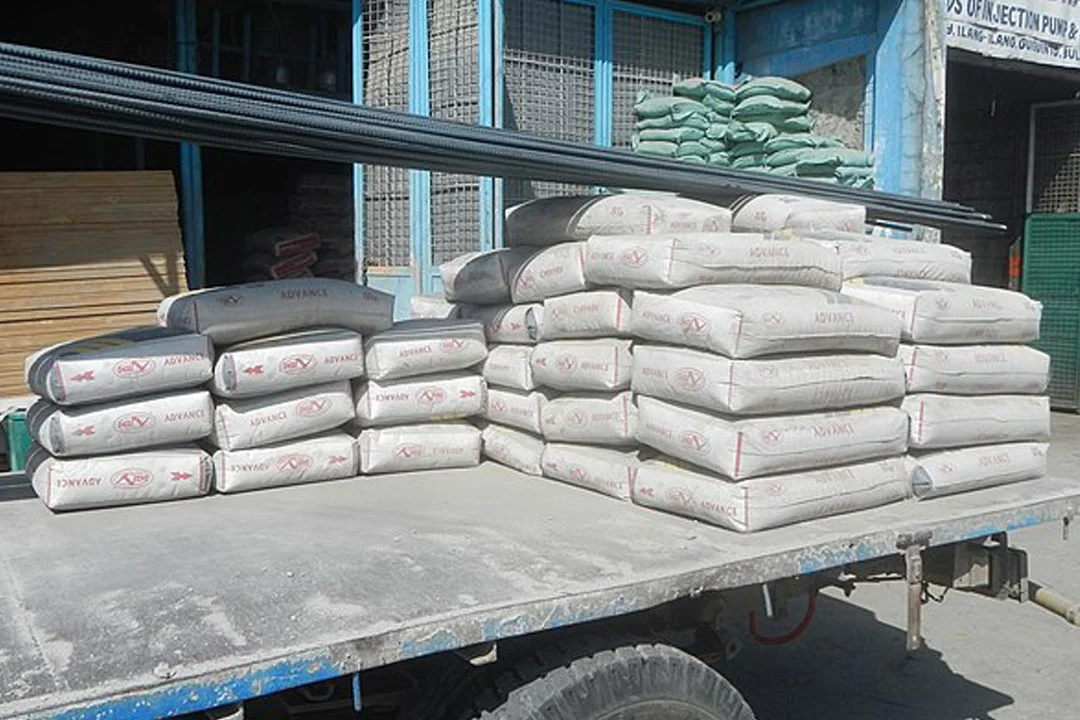Strength and durability are the most common concerns for consumers of concrete, but other characteristics often need further refinement. Admixtures can be used to improve certain properties of concrete (accelerate, retard, improve workability, reduce mixing water requirements, increase strength, etc.)
Types of admixtures for concrete.
Admixtures are added to a water-cement mixture to increase the life of the concrete, control setting and hardening, fix the general properties of the concrete. They can be powder or liquid additives.
Additives can be added at the point of manufacture or at the job site. At Lueste, we make sure that the best methods of batching and pouring concrete are followed.
There are two types of additives, chemical and mineral. Its use depends on what the contractor wants to achieve.
Chemical additives
Used for:
- Reduce construction costs.
- Overcome emergencies in specific operations.
- Ensure quality during mixing and curing.
- Modify the properties of hardened concrete.
Mineral Additives
Used for:
- Improve the strength of concrete.
- Save mix.
- Reduce permeability levels.
- The properties of concrete are influenced (hardened) by the use of hydraulic activity.
- The classification of additives depends on their function.
Water Reducer
They reduce the amount of water used to prepare the concrete for slump. Most of these additives are used in large construction projects. In this case, the steel requires a higher rate of reinforcement to provide the high level of workability.
Additives in this category are active up to 10%.
Accelerator Additive
They accelerate the hydration of the cement. These additives are most effective during the cold season. Calcium chloride is used as an accelerating admixture in unreinforced concrete.
Air pull
These admixtures are used to introduce small air bubbles to stabilize the concrete. The resulting effect is to prevent concrete from cracking in cold environments.
Air still increases cohesive strength, which reduces segregation and water seepage before the concrete is fully set.
Reduce shrinkage
These admixtures are used in slabs, bridge decks, and buildings where significant reductions in curvature and cracking are required. They provide durability while maintaining the aesthetics of the structure.
Concrete shrinkage occurs when there is not enough water. Shrinkage can cause internal stress and eventually cracks. The role of the shrinkage additive is to ensure that this does not happen.
Inhibit corrosion
These additives are used when chloride salts are present. These chloride ions can corrode steel and cause rust. The areas that need this additive the most are bridges, parking lots and marine structures.
Our company has been providing services in Mexico City. Ready-mix concrete can be used in commercial and residential construction projects. Simply place an order and the product will be delivered directly to your location.




